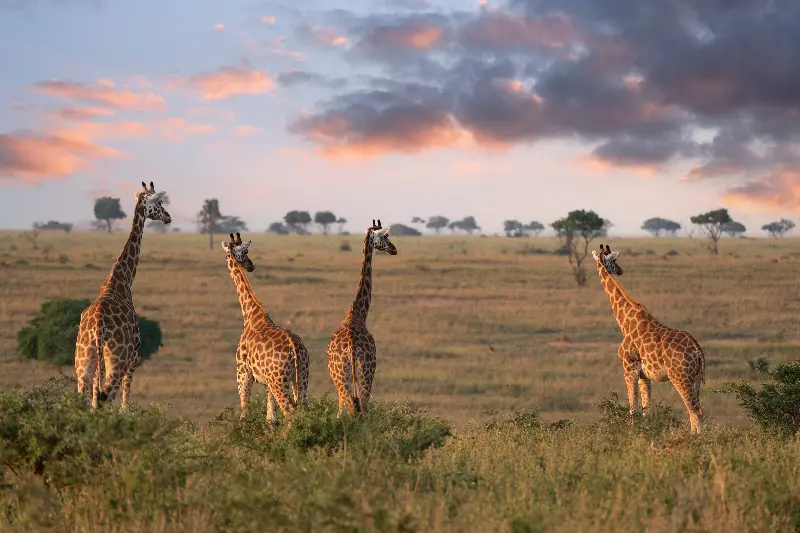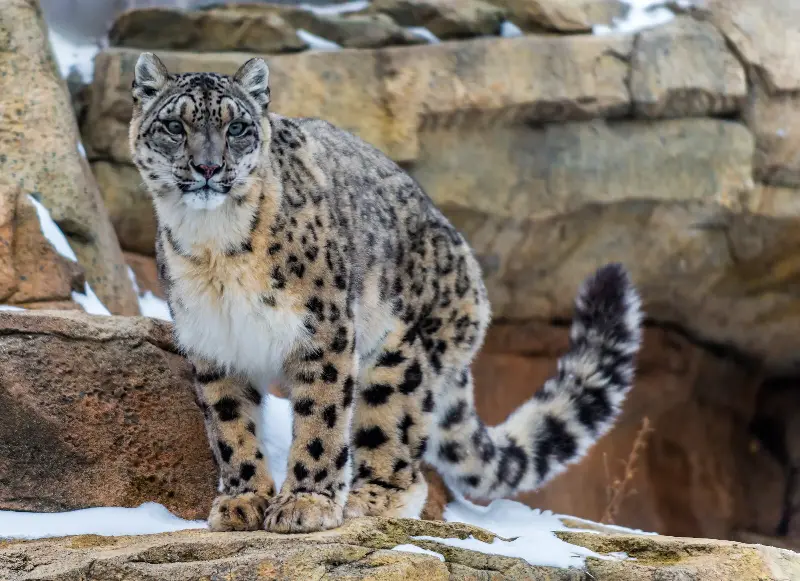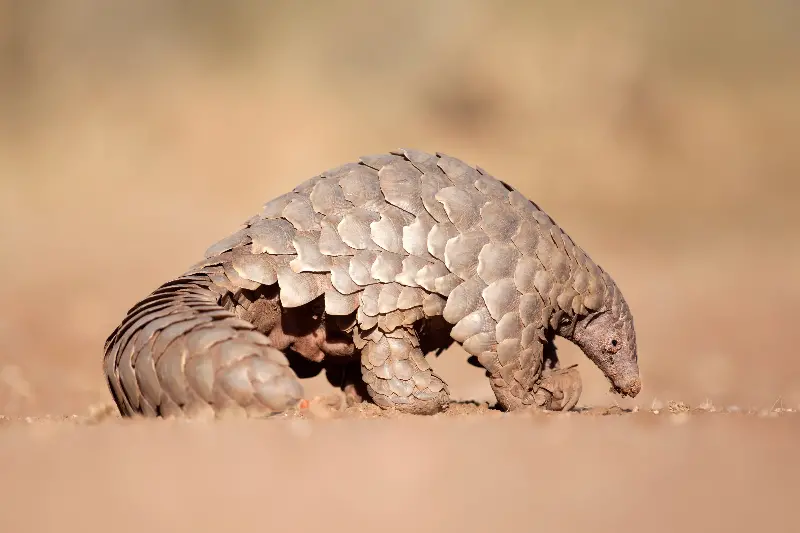The mysteries of the wild have always lured mankind, inspiring endless fascination with those creatures that shun human contact, their lives woven through the remotest corners of our planet. From the hidden depths of tangled rainforests to the windswept edges of polar ice, remarkable animals demonstrate daily the ingenuity and resilience necessary to survive. Their astonishing behaviours and secretive lives offer a captivating window into the marvels of evolution.

Masters Of Disguise: Eluding Predators And Prey
Nowhere is nature’s creativity more evident than in camouflage and mimicry. The snow leopard, a rare and majestic predator of the Himalayan highlands, owes its ghost-like reputation to its dappled coat, blending seamlessly with rocky ledges and snowy slopes. Despite efforts to study them, their masterful disguise and solitary habits mean that snow leopards are still among the least observed big cats on earth.
Meanwhile, in the dense rainforests of Indonesia, the leaf-tailed gecko takes camouflage to new heights. Its flat, leaf-shaped body and mottled brown skin make it nearly indistinguishable from a dead leaf, rendering it almost invisible to both predators and prey. This animal’s uncanny mimicry extends to even tiny details—jagged skin flaps mimic torn edges, and a tail shaped exactly like foliage helps it avoid the ever-present threats lurking in the undergrowth.
Under our noses in the European forests, the tiny Eurasian pygmy owl practises stillness and patience, merging with mossy branches to ambush unsuspecting prey. Such masters of deception remind us that the wild’s greatest illusions are performed not in the spotlight but in the soft shadows and dappled light.

Ingenious Survival Strategies
Survival in the harshest environments demands remarkable adaptations. The arctic fox is an emblem of resilience—surviving where few other mammals dare to tread. Its thick fur coat transforms from brown to dazzling white with the seasons, not only providing insulation but also blending perfectly into winter snowscapes. This fox can reduce its metabolic rate to conserve energy during hard times, and it caches surplus food beneath the snow for leaner months.
Far below the African savannah, the naked mole-rat thrives where other mammals would perish. These nearly blind, furless rodents live in social colonies akin to those of ants or bees, with a single breeding queen and workers. Their strange physiology—resistant to cancer, insensitive to some types of pain, and able to survive low oxygen—makes them one of the natural world’s most extraordinary survivors.
In the steaming heart of the Amazon, the glass frog floats above raging streams, its stunningly transparent abdomen exposing internal organs. This unique feature not only serves as a brilliant natural camouflage, blending with the flicker of water beneath, but may also reduce detection from both airborne and aquatic predators.

Secret Languages And Social Bonds
Elusive creatures often rely on secretive forms of communication to maintain bonds or claim territory, all while keeping their activities hidden. Snow leopards, for example, communicate through high-altitude scent markings—an aromatic message board for others passing through the vast mountains.
In the cool silence of the forest canopy, orangutans live a largely solitary life, coming together mainly for mating or when food is abundant. Yet, they maintain subtle connections through loud, long calls that echo for kilometres, announcing their presence without ever being seen. Infant orangutans cling closely to their mothers for up to eight years, during which they learn essential skills for a life among the treetops.
The African pangolin, often called the world’s most trafficked mammal, rolls into a near-impenetrable ball at the first hint of danger. They communicate primarily through scents released from specialised glands, rarely relying on vocalisation. Pangolins’ elusive, nocturnal habits and silent navigation of their environments have allowed them to hide in plain sight for millennia.

Spectacular Migrations: Journeys Beyond Imagination
Some of the world’s rarest animals undertake epic journeys, defying logic and geography in their quest for survival. The critically endangered saiga antelope, with its bulbous nose, roams the vast Eurasian steppes, migrating hundreds of kilometres to follow the growing cycle of grasses. Their annual trek faces increasing threats, yet these animals persist, a symbol of resilience through adversity.
High above, in the thin air of the Andean mountains, the Andean condor glides for hours, scarcely flapping its massive wings, surveying an empire of valleys in search of carrion. These birds can travel up to 200 kilometres in a single day, their mastery of air currents and thermal lifts making them true aerial wanderers.
Even underwater, the fragile narwhal embarks on incredible seasonal journeys beneath polar ice, navigating by sound and memory. Their enchanted tusks may be tools for sensing changes in water temperature or salinity, offering a glimpse into how the most elusive creatures unlock the secrets of their mysterious habitats.
When we peek into the private worlds of earth’s most elusive creatures, we witness not just survival but the astonishing ingenuity of nature itself. Their resilience, adaptability, and breathtaking behaviours challenge our understanding and deepen our appreciation for the wild wonders still hidden from view. Earth’s secretive animals remind us every day that the untamed heart of nature beats with endless surprise, waiting for those who dare to look a little closer.
